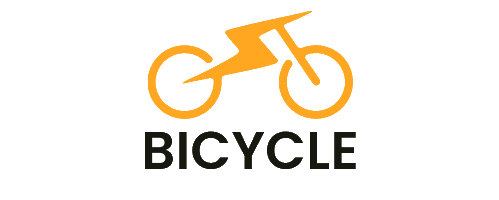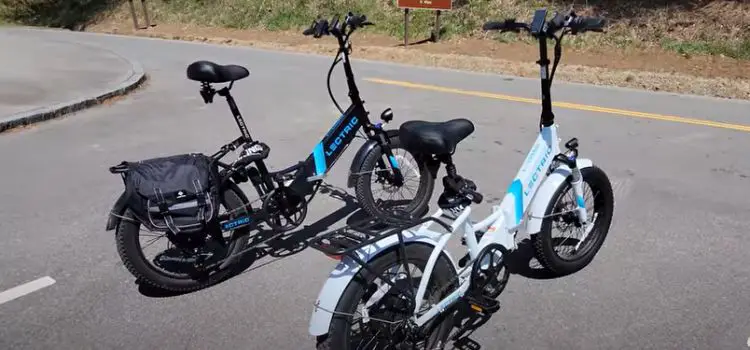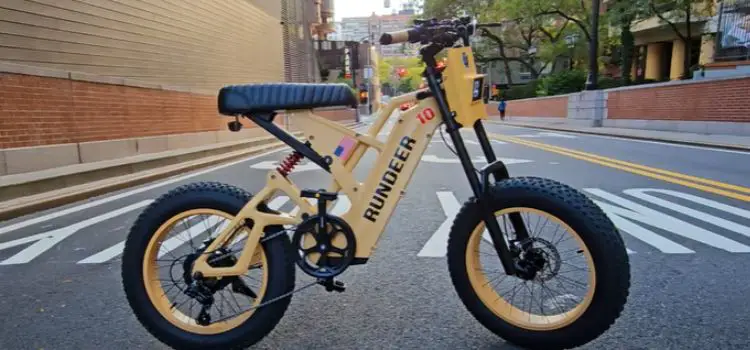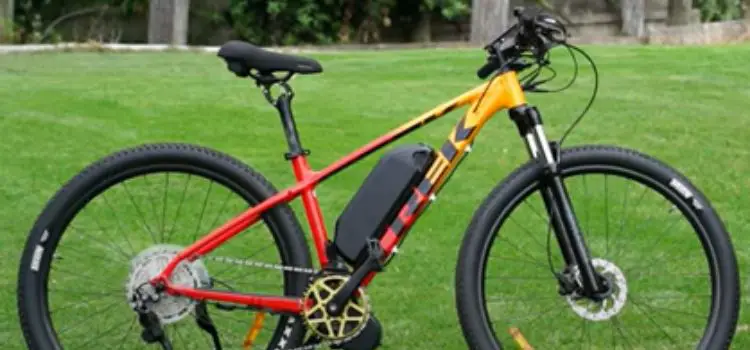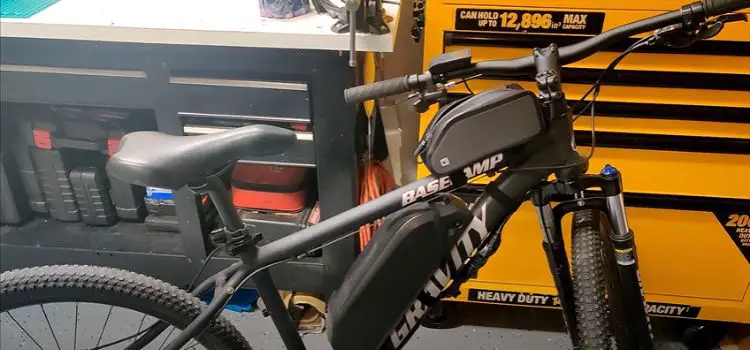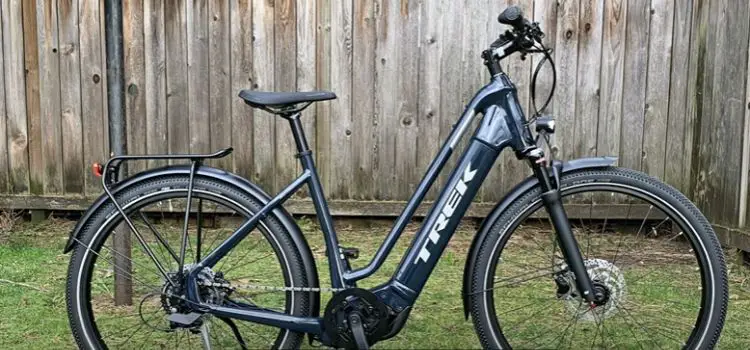How Fast Does A 2000W Electric Bike Go?
As an Amazon Associate I earn from qualifying purchases.
In recent years, the world of cycling has witnessed a revolutionary transformation, with the advent of electric bikes emerging as a formidable alternative for commuters and adventure enthusiasts alike.
Among the myriad of options available, the 2000W electric bike has emerged as a powerhouse, boasting unparalleled speed and torque.
In this comprehensive guide, we delve into the intricacies of these high-powered machines, answering the burning question: How fast does a 2000W electric bike go?
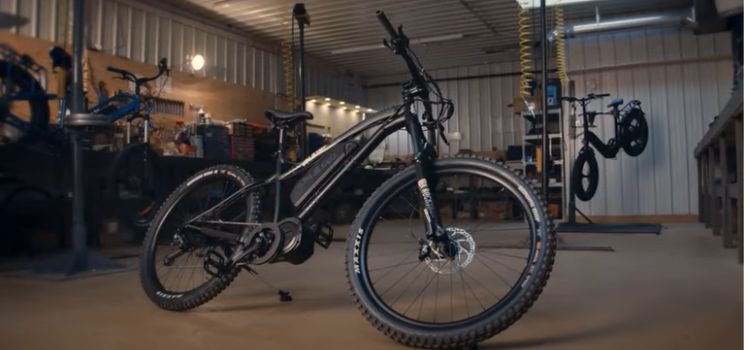
Overview of 2000W Electric Bikes
A 2000-watt electric bike is a high-performance e-bike equipped with a powerful 2000-watt motor and battery. Known for its robust capabilities, it offers excellent torque and is designed for riders seeking exhilarating and high-speed experiences.
However, it’s important to note that these bikes are typically not road-legal in many states in the USA, requiring licenses, registrations, and insurance.
Ideal for enthusiasts of off-road adventures, hunting, and those who prioritize speed and power, a 2000W electric bike is not the typical choice for everyday commuting due to its weight and legal considerations.
Riders should be experienced and safety-conscious, and financial readiness is advisable due to the higher cost compared to lower-wattage alternatives.
Who Should Ride a 2000-Watt Electric Bike?
A 2000-W electric bike is a high-powered and robust vehicle that offers an exhilarating riding experience. Due to its specific characteristics and legal considerations, it is best suited for certain types of riders. Here’s a breakdown of who should consider riding a 2000-W electric bike:
1. Enthusiasts of High-Speed Riding
Speed Lovers: Individuals who have a passion for high-speed rides and want to experience the thrill of reaching significant speeds on two wheels.
Performance Seekers: Riders who prioritize the performance capabilities of their electric bikes and appreciate the power that a 2000-W motor provides.
2. Adventure Enthusiasts
Off-Road Explorers: Those who enjoy off-road adventures and want a powerful e-bike capable of handling challenging terrain with ease.
Trail Blazers: riders who seek excitement and are drawn to adventurous journeys, such as mountain biking or dirt biking.
3. Hunting Enthusiasts
Hunters: individuals engaged in hunting activities who require a powerful and capable electric bike for navigating diverse landscapes during hunting expeditions.
Outdoor Sports Enthusiasts: People who participate in outdoor sports, where a robust electric bike can enhance their experience in various environments,.
4. Experienced riders
Skilled Cyclists: experienced cyclists who are familiar with handling powerful bikes and are comfortable managing higher speeds.
Motorbike Enthusiasts: Those with a background in motorcycling who appreciate the performance aspects of a 2000-W electric bike.
5. Legal Considerations
License Holders: Riders who are willing to obtain the necessary licenses, registrations, and insurance required for operating a 2000-W electric bike, as it is often classified as a motor vehicle.
6. Safety-Conscious Riders
Adherence to Laws: Individuals who are committed to following local laws and regulations, ensuring a safe and responsible use of the powerful electric bike.
Safety Prioritizers: Riders who prioritize safety and are willing to invest in protective gear, such as helmets and pads, given the potential for higher speeds.
How Fast Can a 2000-Watt Electric Bike Go?
The speed of a 2000-watt electric bike depends on various factors, including the type of terrain, the weight of the rider, the bike’s design, and the battery voltage.
In optimal conditions, a 2000-watt electric bike can achieve impressive speeds. Here’s a detailed breakdown of the potential and actual speeds, as well as the factors influencing the speed:
1. Potential Fastest Speed
The potential fastest speed of a 2000-watt electric bike is its true speed, achievable under optimal conditions. For a bike with the correct size battery, the potential fastest speed can range from 45 to 50 mph.
This speed is achievable when the bike is operating at its highest capacity, leveraging the full power of the 2000-watt motor.
2. Actual Fastest Speed
The actual fastest speed of a 2000-watt electric bike is the speed achievable in real-world riding situations. Factors such as traffic, safety, road conditions, and rider behavior can impact the actual speed.
In practical terms, the actual fastest speed of a 2000-watt e-bike is slightly lower, typically in the range of 40 to 45 mph.
This difference accounts for the various external factors that limit the bike’s speed during regular use.
Factors Affecting the 2000W Ebike’s Speed
Delving deeper into the dynamics of speed, several factors contribute to the performance of a 2000W electric bike.
1. Trails: Navigating the Varied Terrains
Flat surfaces
On smooth, flat surfaces, the 2000W e-bike truly shines, reaching its peak speed of 40 to 45 mph. The conditions of smooth road textures, minimal friction, and the absence of obstacles make flat surfaces the ideal playground for high-speed rides.
Uphill (inclined) Surfaces
As the terrain inclines, the top speed diminishes. Moderate hills with a 5% slope grade limit the e-bike to speeds of 10 to 20 mph. The powerful 2000W motor faces challenges in maintaining high speeds on uphill surfaces.
Downhill Roads
Conversely, downhill roads present an opportunity for the 2000W e-bike to unleash its full potential. With degrees of steepness allowing acceleration without external forces, downhill speeds can reach an exhilarating 50 to 60 mph, depending on the steepness.
2. Motor Type: Unveiling the Powerhouses
The type of motor embedded in the 2000W e-bike significantly influences its speed capabilities. Here, we explore the characteristics and top speeds associated with two prevalent motor types:
Hub Motors
Known for their simplicity and quiet operation, hub motors come with a fixed gear ratio, limiting their top speed potential. Although affordable, e-bikes assisted by hub motors may achieve speeds of 40 to 42 mph, somewhat lower than the actual fastest speed.
Mid-Drive Motors
With more torque on offer, mid-drive motors prove optimal for tackling rough trails. Efficiently integrated into the e-bike’s gearing system, mid-drive motors, albeit more expensive, elevate the speed game. A 2000W e-bike equipped with a mid-drive motor can reach the extremes of the fastest speed range, ranging from 43 to 45 mph.
3. Pedal Assist: Adding a Boost
The concept of pedal assist introduces an external push that significantly impacts the accelerating body’s speed. The 2000W motor, when combined with pedal assist, provides additional power to aid the rider’s pedaling.
The level of assistance chosen plays a crucial role, with higher assistance levels correlating to higher speeds. You can strategically use pedal assistance even after reaching the top speed to push the e-bike’s limits.
Conclusion on the 2000 Watt Electric Bike Top Speed
As we navigate through the intricacies of a 2000W electric bike’s speed, it becomes evident that the fastest speed is not a one-size-fits-all concept.
Various riding scenarios and trails introduce nuances that riders must consider. While the potential fastest speed of 45 to 50 mph is impressive, the actual fastest speed of 40 to 45 mph in real-world conditions ensures compliance with safety and traffic regulations.
In the pursuit of speed, riders are reminded that adherence to legal speed limits is paramount. The 2000W e-bike’s performance is a harmonious interplay of factors like suspension systems, disc brakes, trail conditions, and the chosen motor type.
Understanding these dynamics empowers riders to make informed decisions, enhancing their riding experience.
Frequently Asked Questions (FAQs): Unraveling More Insights
To provide a comprehensive overview, let’s address some frequently asked questions that further illuminate the world of 2000W electric bikes:
1. How fast does a 48V, 2000W ebike go?
Most 2000-watt e-bike motors operating at 48 volts exhibit formidable power, achieving top speeds of up to 43 miles per hour on flat roads. This impressive speed is realized when paired with a suitable 48V battery, showcasing the synergy between motor and battery.
2. How fast can a 72V, 3000W e-bike go?
The combination of a 72V battery and a 3000W motor creates a powerhouse in the e-bike realm. With this configuration, top speeds can easily surpass the average speed of cars, reaching up to 55 mph. This exemplifies the remarkable speed capabilities achievable with higher voltage and wattage.
3. Do I need a license to ride a 2000W electric bike?
Yes, the ownership of a 2000W electric bike demands more than just a passion for riding. In the United States and many countries, a license is a prerequisite, considering the classification of these high-powered e-bikes as motor vehicles rather than traditional pedal-assisted electric bicycles. Navigating the roads on a 2000W e-bike necessitates compliance with all traffic rules and regulations.
Amazon and the Amazon logo are trademarks of Amazon.com, Inc, or its affiliates.
